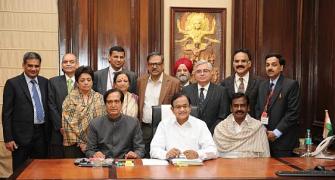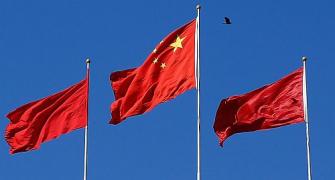India's record-high current account deficit is a chief worry as it is increasing the dependence on foreign investments, the government's top economic adviser said on Tuesday, making the country vulnerable to a sudden stop and reversal in fund inflows. The current account deficit widened to 4.6 percent of GDP in the first six months ending September 2012 as export growth slowed more sharply than imports and is expected to be at its highest at around 5 percent in 2012/13, more than 4.2 percent in 2011/12.
The current account deficit widened to 4.6 percent of GDP in the first six months ending September 2012 as export growth slowed more sharply than imports and is expected to be at its highest at around 5 percent in 2012/13, more than 4.2 percent in 2011/12.
While the government will have to boost exports to improve the current account balance, it needed to take steps in the interim, chief economic adviser Raghuram Rajan said.
"The CAD is our biggest concern right now because as you finance from outside, you are dependent on the interest of foreign investors," Rajan said at a convocation ceremony in the western city of Pune.
"They've been supporting so far due to the search for yields. But can we continue to rely on that forbearance? That's the big question for India and we don't want to depend on foreign investors because they could turn."
India aims to contain its fiscal deficit within 4.8 percent of GDP in 2013/14, lower than 5.2 percent achieved in 2012/13 which was a tad lower than its revised target of 5.3
Finance Minister P Chidambaram unveiled a surge in government spending on Thursday, despite expectations of an austerity budget to shore up its finances, imposing new taxes on the rich and large companies to fund a dash for growth ahead of an election due by next year.
However, staking his credibility on meeting the deficit-cutting target, Chidambaram is likely to be forced to scale back spending in the upcoming fiscal year after delivering a federal budget that makes aggressive revenue assumptions.
"If you look at the budget and some of you have studied the budget in your courses, there is not much scope to cut non-planned spending such as government salaries...the weight of the cuts have to come from plan spending," Rajan said.









